Light bulbs today come in various shapes and sizes. With all sorts of lighting customizations. Different hues, warmer or cooler tints, and even smart configurations like connecting to Google Assistant or Amazon Alexa. There's just so much to choose from and companies take advantage of customers to deliver designs that appeal to their ever-evolving tastes. With new styles rolling out now and then by the dozen, we have compiled some of the more prominent ones and how to do them around your space. Along with how some bulbs do not make the cut for today's world and how to weed them out to avoid any unforeseen harm.
Types of Light Bulbs
This is an inclusive term when you think about it but if one had to narrow down the prominent ones then those would be:
LED (Light Emitting Diode): These bulbs are probably what pushed the light bulb game into a completely new atmosphere of innovation. First off, they're incredibly energy efficient, long-lasting, and can light up a room quite effectively. Simply put, they're worth the price tag and you can't go wrong with these electrical juggernauts. Also, the LED is what can be modified into decorative led light bulbs. Their lighting is not limited to simple white or warmer yellow. LEDs can take up the entire RGB spectrum which is roughly 16 million colors. Fit a smart device that works with your phone or voice below them and voila, you have a smart bulb that also happens to be very colorful. Exciting, isn’t it?
Incandescent: These guys are what you’d preferably want if you’re on a budget. Available relatively cheap, emitting a warmer hue of light and with a possibility of lasting up to a year, these bulbs promised to them. Though, they will drink up more of your electricity.
CFL (Compact Fluorescent Light): These bulbs have a bit of LED and a bit of incandescent in them. They're energy efficient and can be made to emit a variety of colors. However, they do not share the same characteristic as the LED decorative light bulbs since their color cannot be changed once set. CFLs can illuminate a room quite well and can also serve as garage or garden lighting. Given that they have mercury elements in them, they'd be better suited for an outside environment. Keeping their contents away from pets or kids.
Halogen: The most common, the most no-brainer of them all. The halogen bulbs are what people pick up without having a look at their specifics. Not really equipped with many flavors but hey, if it ain't broken then why fix it? These bulbs emit a strong white light, are energy efficient and can be used with dimming options. Other than that, corporate businesses usually look to get these installed in their rooms because they are simple and the standard of the bulb world.

Rechargeable Light Bulbs
You may be a big tech savvy like me and I know for sure that I get excited when the electrical gizmo I like is rechargeable. Whether that’s a Tesla or a bulb. But since this blog is all about bulbs so we shall stick to the latter. Now, rechargeable light bulbs are scarce but there are some out there. Simply because having a bulb and making it rechargeable doesn’t make sense because a bulb is always supposed to be connected to a power outlet. Rechargeable light bulbs essentially function the same way as ordinary light bulbs on a typical day, but with the added advantage that they will keep lighting your house even if the power goes off. While you may still use more conventional lighting during a blackout, such as flashlights and portable lamps, rechargeable light bulbs will still function, albeit often at a lesser wattage than they do when the power is on.
As a result, if you are trapped in a storm, you won't instantly be plunged into darkness; instead, you'll have some light to help you get to find your bearings. Additionally, without having to rewire your home, you may build temporary light fixtures there using rechargeable light bulbs. Because of this, they are renter-friendly and ideal for those who regularly prefer to alter the look of their room. LED light is also often used in rechargeable bulbs; it is much more energy-efficient overall and doesn't become as hot as conventional light bulbs even when left on for extended periods. For even more savings, you may just utilize the light bulb's charge rather than your own power.
Wrong Light Bulbs and Their Consequences
While many of the aforementioned light bulbs have their perks, there's a reason(s) why most of them were succeeded by the likes of the LEDs. Take CFLs for example. These were the first energy-efficient light bulbs to take the place of incandescent ones. Although these bulbs are effective, they are quickly losing popularity for a good reason. As a result of the high quantities of mercury vapor present in these bulbs, if they shatter, the mercury is spilled into your house, endangering everyone—especially young children. As if that weren't bad enough, CFL lights also emit a lot of blue light and UVB light, both of which have been shown to interfere with sleep and contribute to insomnia.
Next up, we have incandescent bulbs which are also known as carbon-filament light bulbs. Despite being safe for the eyes and having no impact on the brain chemistry (thankfully), incandescent bulbs are very inefficient, fast to burn out, and awful for the environment. Plus, if you heat them enough, they may explode and become hazardous or lethal quite fast.
Halogen light bulbs also dwell on the negative side of the equation. While they may be the most basic option, their intense bright light can become the subject of eye strain or in some cases, even sunburn. It is also preferable not to use them after the sun goes down because of the strong blue light spectrum in them which inhibits the production of melatonin in the body; the hormone responsible for helping you fall asleep. Contrastingly, red spectrum light bulbs are actually encouraged to be put up in bedrooms or at night in general because they stimulate the production of melatonin. Psychologically, juggling these two lights accordingly could help in building/maintaining a healthy sleep cycle.
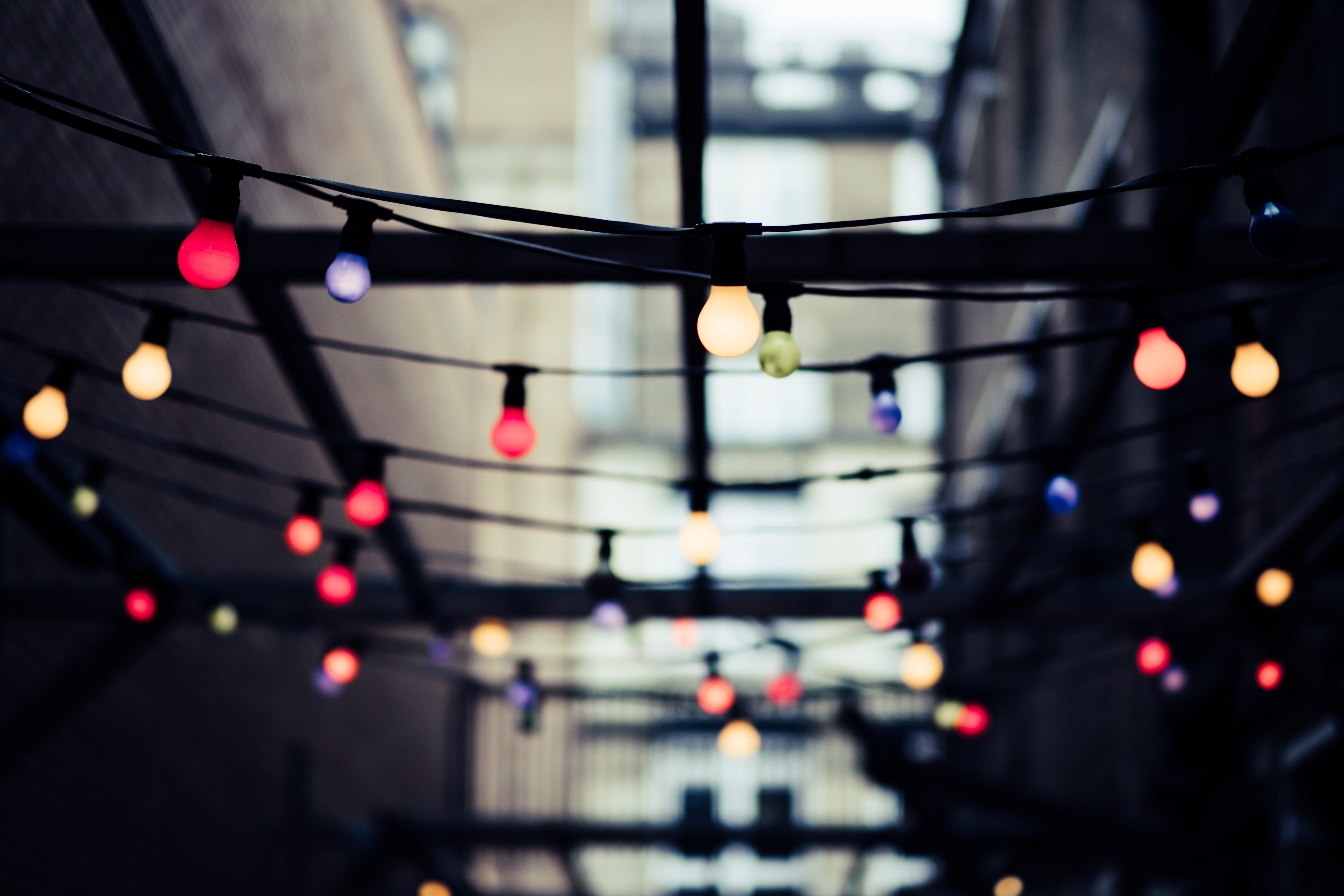
Conclusion
Each light bulb has its pros and cons. While some may affect us through their light, others may affect us through the materials they are built with. Each bulb shares its pros and cons but it is safe to say that the LED, in general, is a much safer and more efficient candidate out of the entire list. Due to its strong light, energy-saving capabilities, and non-hazardous build, it serves as premier for light bulbs.

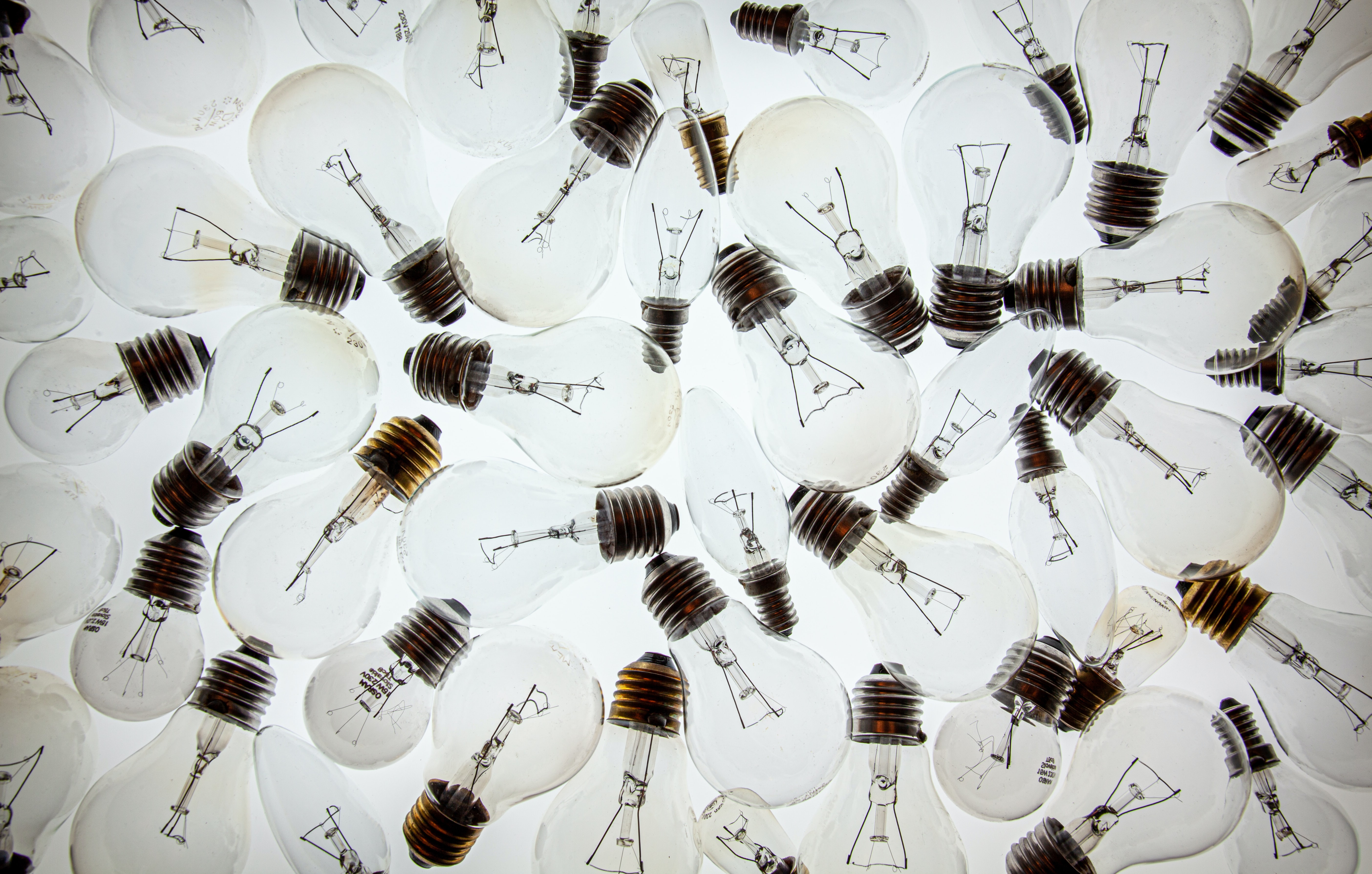


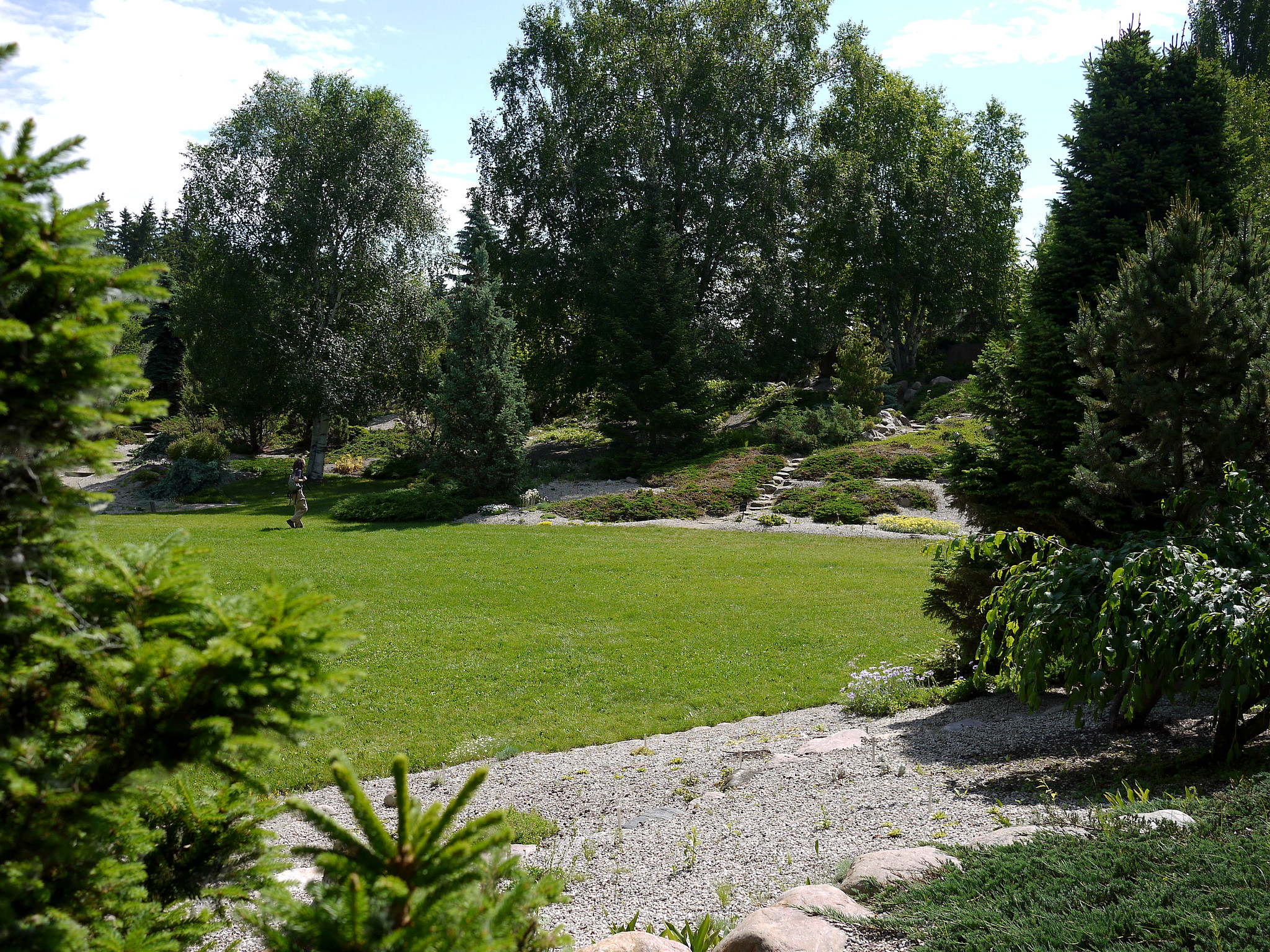



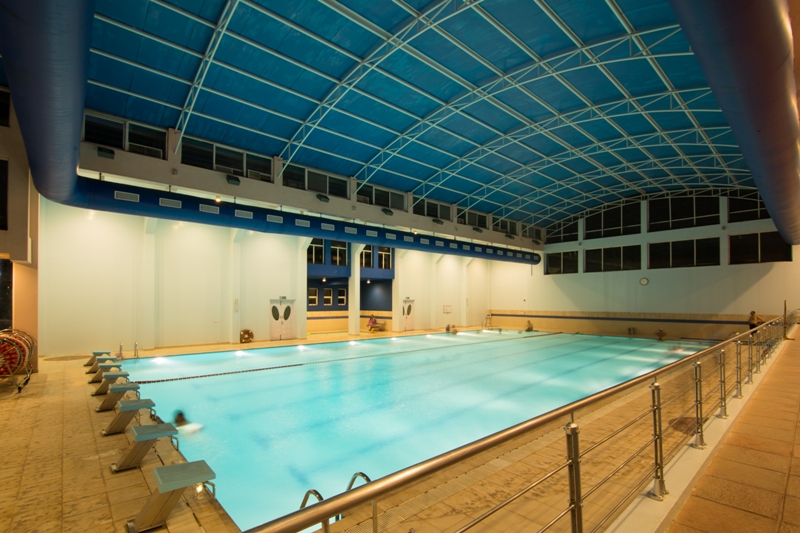
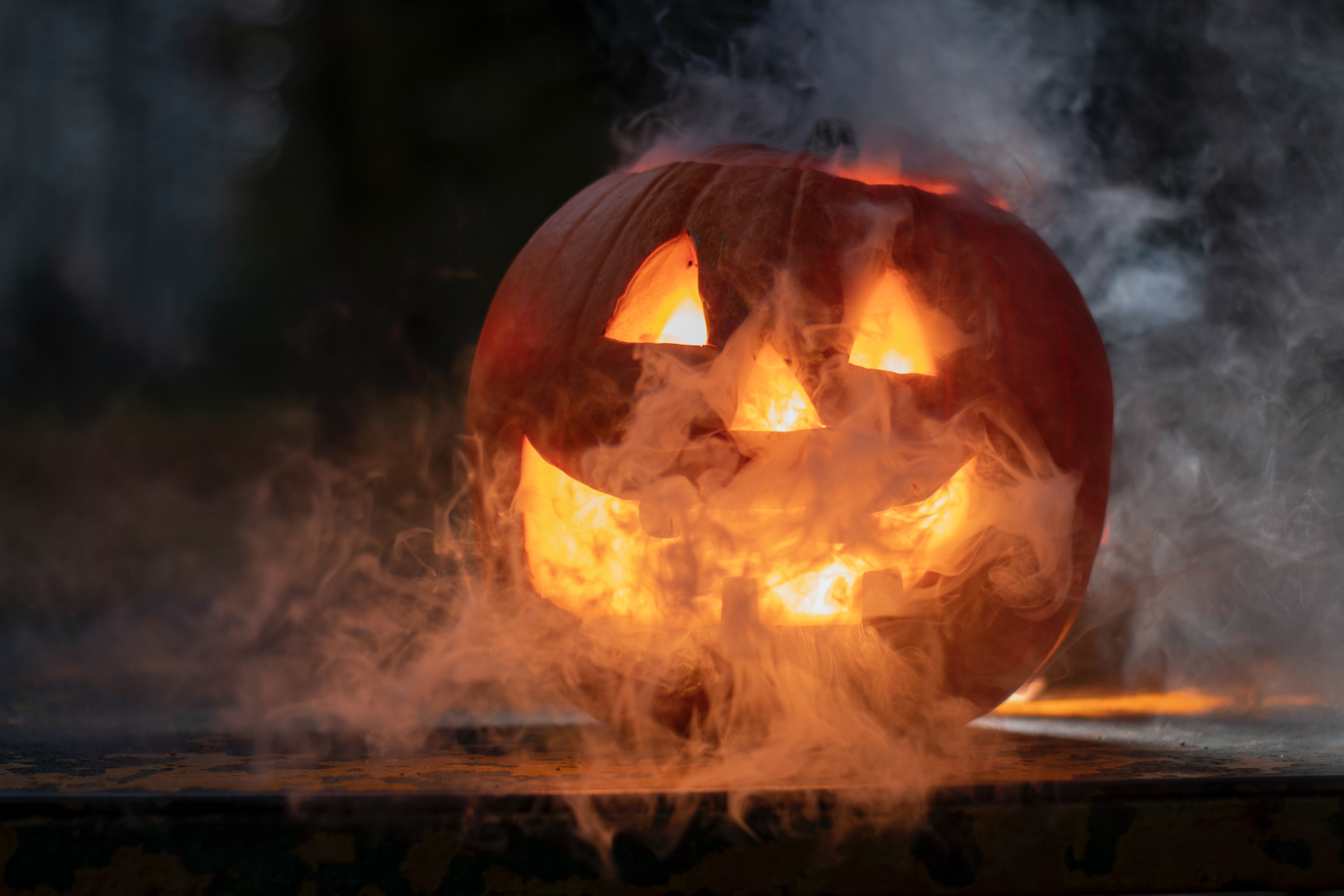
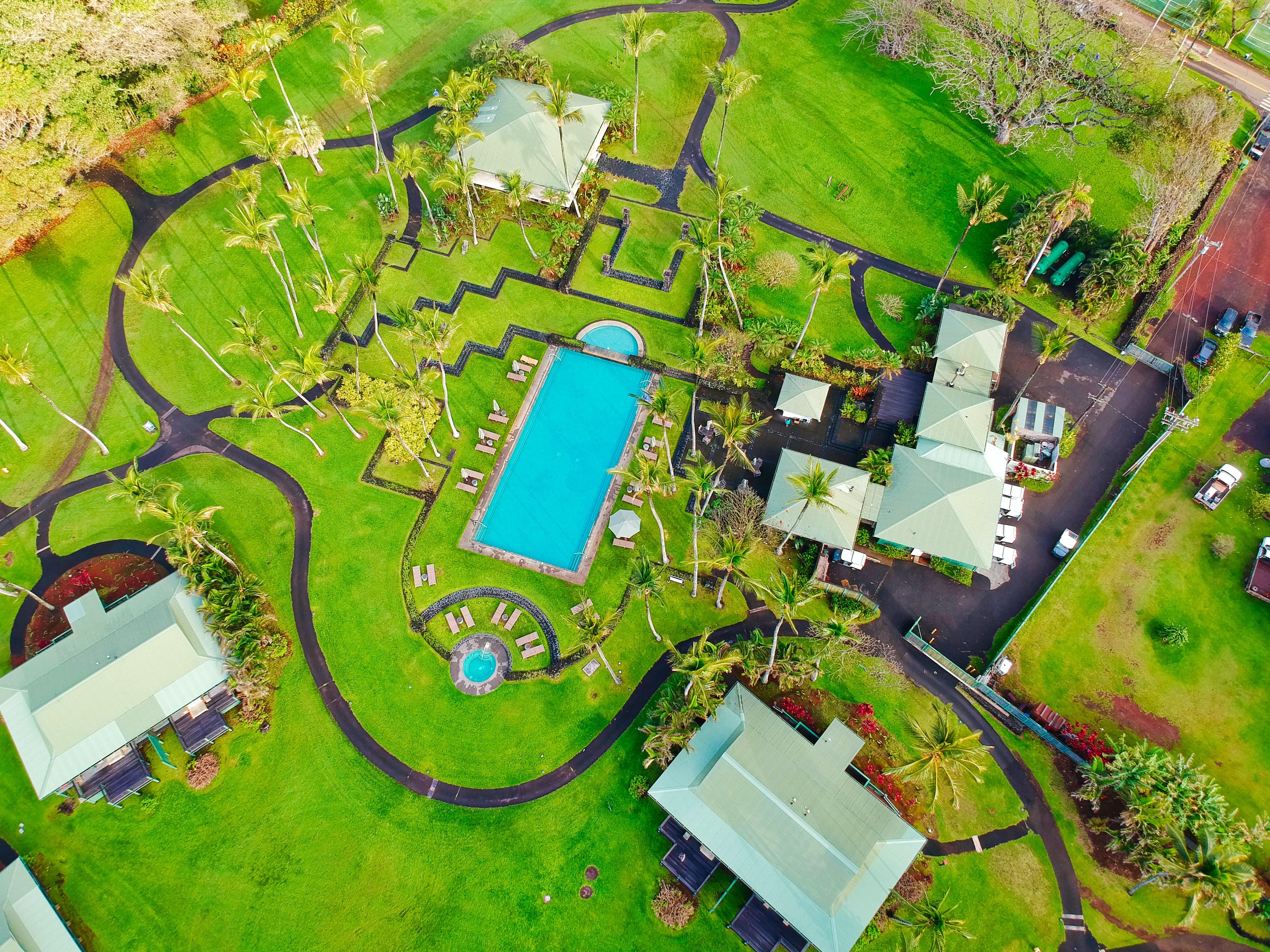
Leave a comment